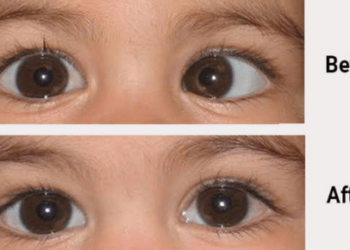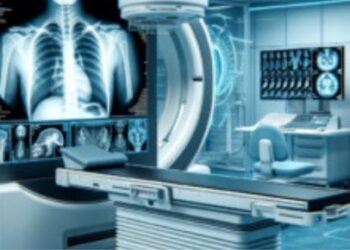Problems like difficulty eating, speaking, or even your face can change its shape without teeth! Nothing can be as effective and reliable in getting rid of the gaps triggered by missing teeth; dental bridges are accorded to bring functionality back along with re-innovating your smile! Patients enjoy a variety of advanced dental care options provided by dentist in Brooklyn, NY including different types of dental bridges. Read on to learn the different types of dental bridges, their advantages, and which one fits your requirements.
What Are Dental Bridges?
Bridging that gap between the remaining teeth is usually accomplished with a dental bridge. They are commonly composed of pontics for an artificial tooth that is secured by dental crowns that attach to the surrounding natural teeth or implants.
Types of Dental Bridges
- Traditional Dental Bridges
- Cantilever Dental Bridges
- Maryland Bonded Bridges
- Implant-Supported Bridges
Traditional Dental Bridges
Traditional dental bridges are more common than other types of devices. A dental bridge is one or more false teeth that are held in place by the abutment teeth on either side of the gap.
Benefits:
The traditional bridges are fabricated with a robust material like porcelain fused to metal or ceramics that offers the teeth replacement solution for long-lasting. When it comes to aesthetics, these bridges are designed in a manner that they can be fused into your natural teeth to maintain the original look. The best candidates for traditional bridges are the ones that have very healthy adjacent teeth that are strong enough to support the bridge (crowns)
Cantilever Dental Bridges
Cantilever bridges are similar to traditional dental bridges, but they only have supportive crowns on one abutment side of the missing tooth or teeth. Such a bridge is placed when there exists only one neighboring tooth that can be used as an abutment.
Benefits:
When only one adjacent tooth is available, allowing the need for multiple teeth to be crowned. Minimal alteration of the adjacent teeth compared to traditional bridges Ideal Candidates are the patients who have a single healthy tooth next to the space that has been left by the missing tooth, cantilever bridges are particularly useful.
Maryland Bonded Bridges
Sometimes referred to as the resin-bonded or Maryland bridge, this type of bridge is commonly constructed from a metal framework (or porcelain) with wings on both sides that attach to the backside of your neighboring teeth.
Benefits:
Very little need to modify the supporting teeth as compared with typical bridges.
Implant-Supported Bridges
Implant-supported bridges use not crowns or frameworks but instead dental implants to anchor themselves securely in the patient’s jaw. Implants are embedded in the jawbone and this bridge is connected to these implants.
Benefits:
It is a long-lasting and highly stable bridge. It is indicated to patients who have a certain bone density to support the important.
Selecting The Ideal Dental Bridge in Brooklyn, NY
Here are things to consider when choosing the best dental bridge for you:
The health and stability of adjacent teeth will drive whether or not they are even able to support a bridge. Bridges costs vary based on the material used and printed. Ask your dentist for a solution that best works with your budget together with the components covered because of their oral insurance
A dental bridge is a great option for replacing missing teeth that can restore both appearance and function. Dental bridge choices in Brooklyn NY are vast and intended to suit individual needs, precautions may apply. Contact a skilled dentist to learn what kind of bridge is right for you and start reaping the rewards of keeping your smile whole.










